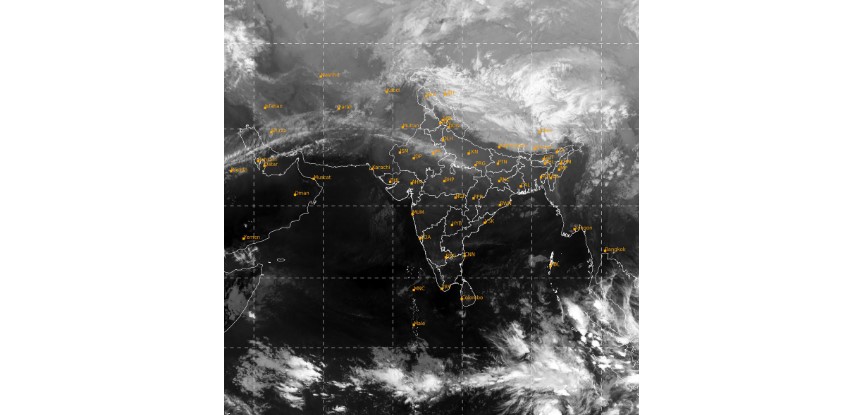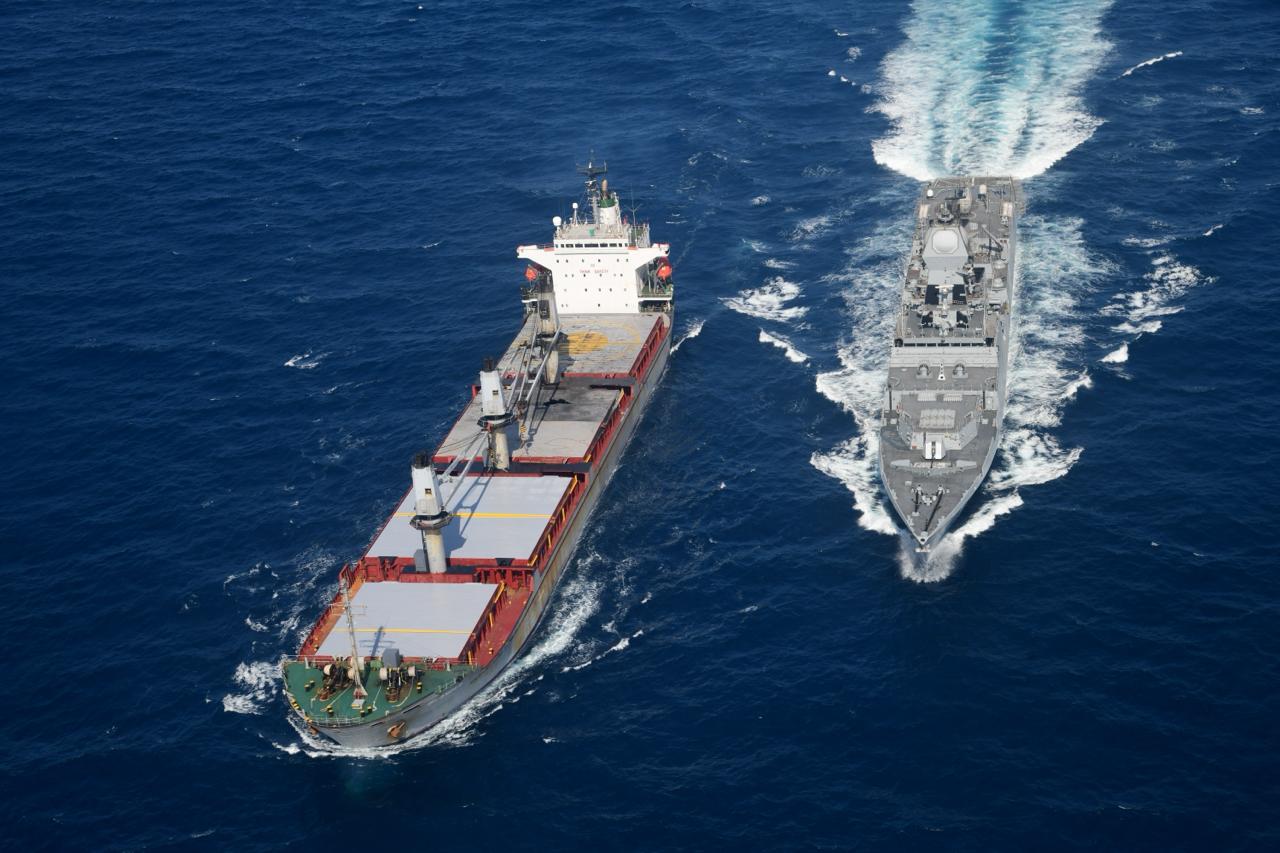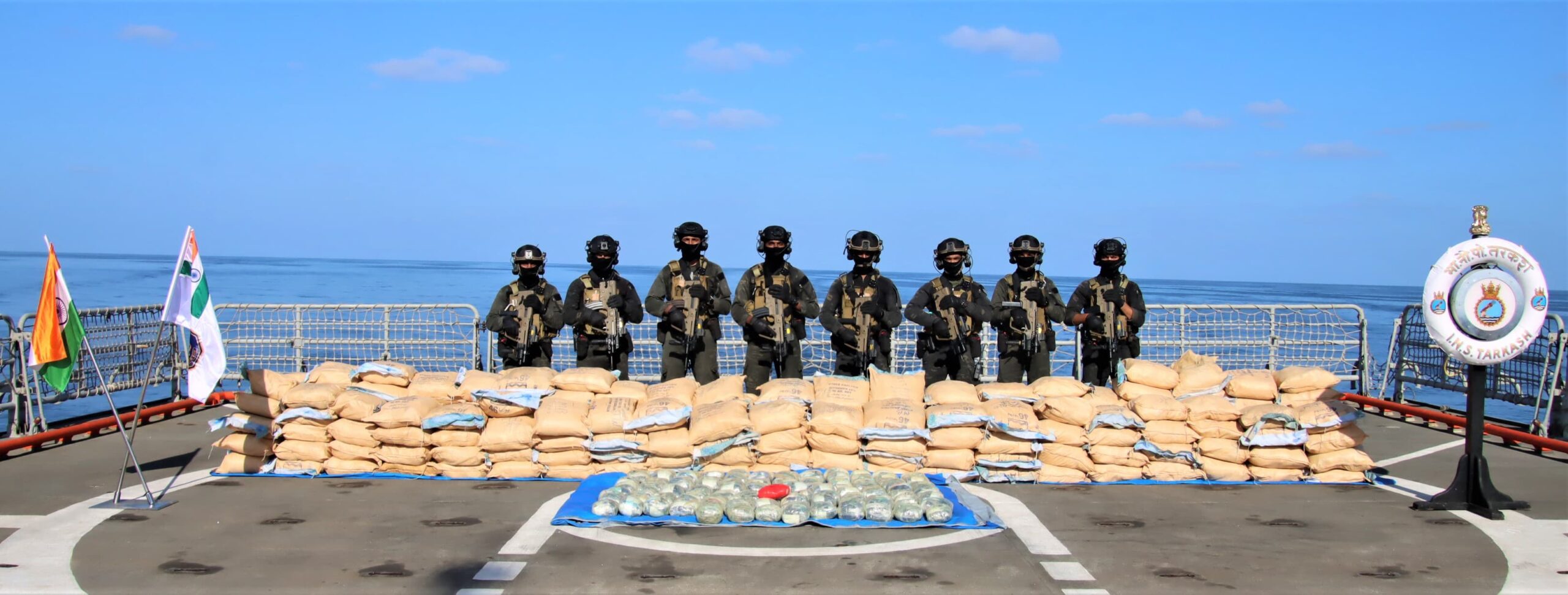The Indian Meteorological Department (IMD), founded in 1875, has a fascinating history rooted in the challenges and aspirations of colonial India. The establishment of the IMD marked a crucial step towards understanding and predicting weather patterns, a necessity for a country heavily reliant on agriculture and vulnerable to natural disasters.
The mid-19th century witnessed a growing realization of the need for systematic weather observations in India following the devastating impact of cyclones, famines, and other weather-related disasters which prompted the colonial administration to recognize the importance of a dedicated meteorological institution. In 1875, the Meteorological Reporter’s office was established in Kolkata, laying the foundation for what would later become the IMD.
Sir Henry Francis Blanford, the first Meteorological Reporter, played a pivotal role in the establishment of the IMD. His vision and dedication to the cause of meteorology in India set the stage for the department’s growth. Bland’s efforts in initiating regular weather observations and the publication of meteorological reports laid the groundwork for a more comprehensive understanding of India’s weather patterns.
Blanford joined the Geological Survey of India in 1856, where he conducted extensive geological and meteorological surveys. His meteorological endeavors in India led to his appointment as the first Meteorological Reporter to the Government of India in 1875 marking the formal establishment of meteorological services in the country.
As the inaugural head of the Meteorological Department, Blanford initiated systematic weather observations and the publication of meteorological reports. His efforts laid the foundation for the Indian Meteorological Department, shaping its early structure and methodologies. He was knighted in 1891 and became Sir Henry Francis Blanford for his contribution to meteorology.
The early years of the IMD were characterized by manual observations using rudimentary instruments. Meteorological observers recorded data on temperature, humidity, wind direction, and rainfall, contributing to the development of a basic understanding of India’s climate. The establishment of observatories in various regions of the country facilitated a more comprehensive and localized study of weather patterns. As the IMD gained prominence, its network expanded beyond Kolkata to encompass a wider geographical area. With the advent of new technologies, the department transitioned from manual observations to more sophisticated instruments. The introduction of telegraph communication allowed for the timely transmission of weather data across the vast subcontinent, enhancing the accuracy of weather predictions.
The IMD’s early years were marked by a focus on the practical applications of meteorology. Weather forecasts were tailored to assist agriculture, helping farmers plan their activities based on seasonal predictions. Additionally, maritime safety benefited from weather forecasts, aiding navigation and reducing the risks associated with unpredictable weather at sea.
The origins of the Indian Meteorological Department represent a significant chapter in the history of scientific development in colonial India. The pioneering efforts of individuals like Sir Henry Francis Blanford laid the foundation for a department that continues to play a crucial role in safeguarding lives and resources through accurate weather forecasting and climate monitoring.



